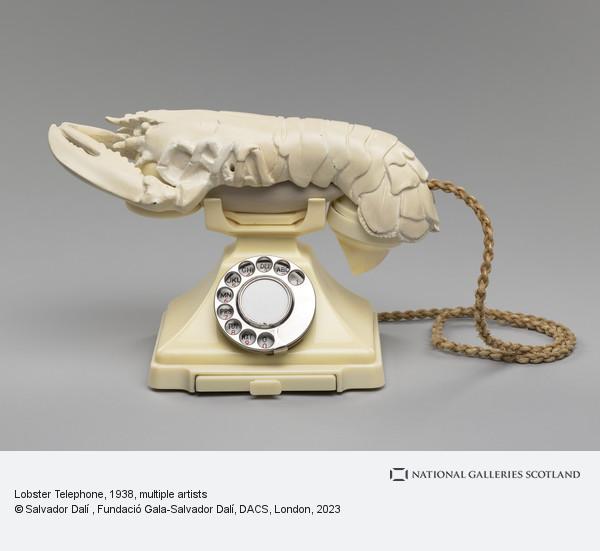Lobster Telephone
About this artwork
Dalí’s Lobster Telephone is one of the most iconic sculptures of the twentieth-century. A masterpiece of Surrealism, a movement that explored the world of dreams and the unconscious mind, it consists of a working telephone on which a plaster lobster rests. Based on a drawing Dalí made in 1935, the sculpture was made for Edward James, Dalí’s main patron in the 1930s. Eleven of the lobster receivers were made to fit to telephones at James’s house in central London and at his country house, in West Sussex. Cast in plaster, hollowed out underneath, and with a hole in the tail to take the telephone flex, they fit perfectly over the standard receivers of the period. The Surrealists’ love of the irrational was instantly and brilliantly embodied in a household object in daily use.
Updated before 2020
see media-
artists:
-
title:Lobster Telephone
-
date created:1938
-
materials:Painted plaster and Bakelite telephone
-
measurements:21.30 x 31.00 x 17.00 cm
-
object type:
-
credit line:Purchased by the Henry and Sula Walton Fund, with assistance from Art Fund, 2018
-
accession number:GMA 5623
-
gallery:
-
subject:
-
glossary:
Salvador Dalí
Salvador Dalí
Dalí was born in Figueres, Spain. After being thrown out of art school in Madrid in 1923, he experimented with a range of styles. By 1927 he began to move away from Cubism towards Surrealism. He was a keen follower of developments in surrealist art and literature and met Miró, a fellow Catalan and...












